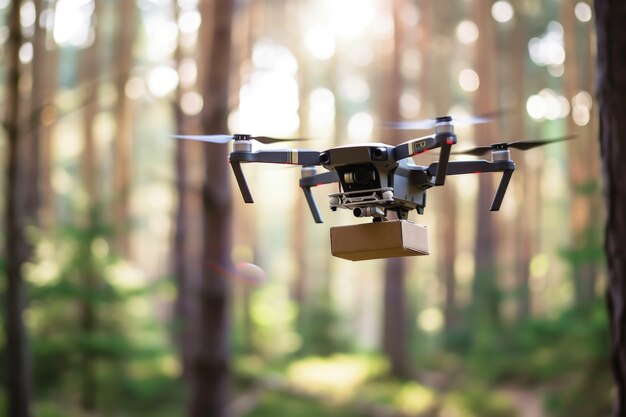
Sponsored article
Welcome to a comprehensive analysis of drone jammers, their principles, effectiveness, and applications in securing airspace. This article seeks to explore various models, dissect their components, and evaluate how their implementation contributes to the broader security landscape. Join us as we unravel the intricacies of drone jamming technologies and their practical applications in an ever-evolving aerial security frontier.
With increased utilization of drones for various purposes, secure airspace becomes a paramount concern. To address this, various technologies, including drone jammers, have come into play, acting as integral components of a comprehensive drone detection and jammer system. To understand the mechanism of these jammers, one must focus on the concept of signal interruption. Drone jammers operate by emitting signals that interfere with the drone’s communication frequencies. This interference breaks the link between the drone and its controller, rendering the drone inoperative and ensuring airspace security. By leveraging this signal interruption technology, drone jammers effectively neutralize potential aerial threats.
In evaluating the effectiveness of diverse drone jammer models, it’s crucial to do a comprehensive comparative analysis. Our exploration starts with the most popular models in the market. The Spartan Model features easy portability and wide jamming range, reflecting superior effectiveness. The Defender Model makes an impression with its multi-drone tracking capability, strengthening airspace security. Lastly, the Sentinel Model stands out with its advanced radar system and adaptive jamming capabilities, making it a reliable choice. By comparative analysis of these drone jammer models, interested users can make educated decisions based on their specific requirements for securing their airspace.
The implementation of drone jammers is proving to be significantly effective in securing our vulnerable airspace. In a variety of real-world scenarios, these drone jammers have prevented unwanted drones from breaching secure zones. For instance, during high-profile events or in sensitive locations, drone jammers have successfully upheld the integrity of our airspace by disabling any unauthorized drones mid-flight. But this strategy is not only effective in urban environments: wildlife conservation areas have also utilized these drone jammers to protect animals from the harmful and often annoying presence of drones. Ultimately, the implementation of drone jammers is a promising solution in a world where drone usage is increasingly widespread and diverse.